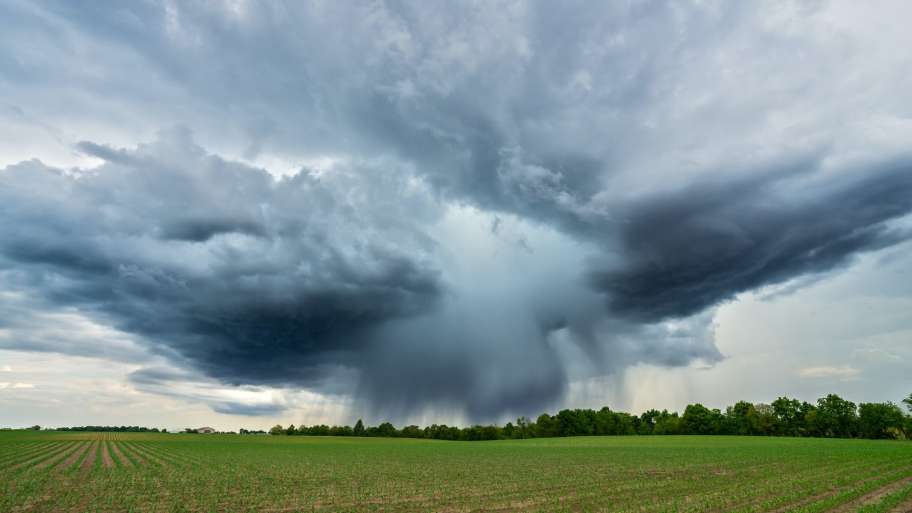South Asia Seeks Regional Climate Cooperation
South Asia, a region harboring nearly a quarter of the world's population, faces a stark reality – its climate challenges transcend national borders, demanding a unified response. From the colossal Himalayan glaciers rapidly receding to the erratic monsoon patterns wreaking havoc on agriculture, the climate crisis in South Asia is a story of interconnected vulnerabilities.
Experts warn that piecemeal national efforts will be inadequate in the face of this existential threat. Rivers like the Indus and Ganges, nourishing millions across multiple countries, are projected to experience drastically altered flow patterns due to melting glaciers. Unabated air pollution, a regional issue, can travel vast distances, jeopardizing public health across borders.
The urgency of regional cooperation is not lost on South Asian nations. The 2007 SAARC Declaration on Climate Change stands as a testament to this shared understanding. However, translating this commitment into concrete action has proven challenging. Geopolitical tensions and competing national priorities have often overshadowed the collective good.
One major hurdle is the complex water-sharing dynamics in the region. The Indus Water Treaty, a lifeline for millions in India and Pakistan, requires constant negotiation and cooperation in the face of changing weather patterns. Similar water-sharing agreements across the region need to be revisited and strengthened to ensure equitable and sustainable water management.
Technology and knowledge sharing offer promising avenues for regional collaboration. Joint research initiatives can foster innovation in areas like drought-resistant crops and early warning systems for extreme weather events. Additionally, sharing best practices in areas like renewable energy adoption can accelerate the transition to a greener future for the entire region.
International organizations like the World Bank and UNEP have a crucial role to play in facilitating this regional cooperation. By providing technical assistance and financial resources, these institutions can bridge the capacity gaps within individual nations and create a platform for knowledge exchange.
The path to a climate-resilient South Asia demands a shift in mindset. From viewing borders as barriers to recognizing them as shared lines of vulnerability, a paradigm change is essential. Regional forums dedicated solely to climate change mitigation and adaptation strategies could foster a collaborative spirit.
South Asia's fight against climate change is not a zero-sum game. By working together, nations can not only safeguard their own populations but also emerge as a global leader in collective climate action. The time for individual solutions has passed. The future of South Asia hinges on its ability to confront this existential threat as a united front.
Share:

